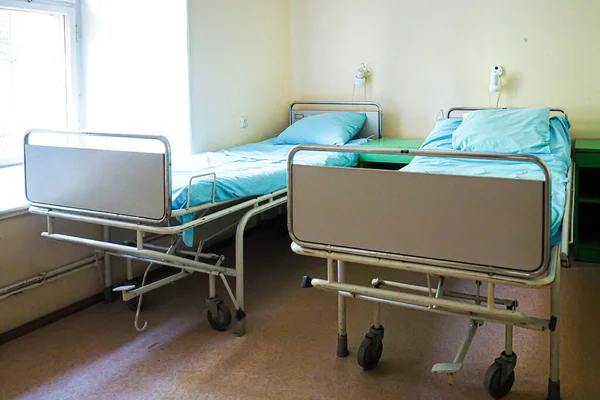
Why do severely mentally ill individuals die in jail cells while court-ordered treatment goes unfulfilled? The answer lies in a nationwide shortage of psychiatric hospital beds – a crisis more than a decade in the making – that is now colliding with underfunded mental health systems, overburdened courts and the stark realities of incarceration.
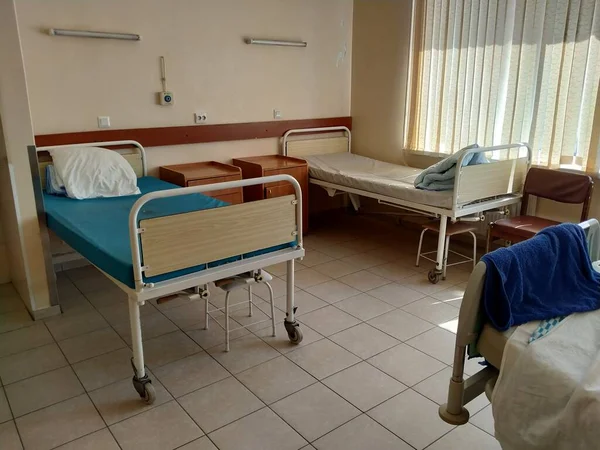
1. A Decade of Decline in Psychiatric Bed Capacity
State hospital beds for adults with serious mental illness have hit historic lows across the United States. There were just 36,150 beds nationwide in 2023, according to the Treatment Advocacy Center a 17% decline since 2017. More than half of those beds are taken by people committed through the criminal legal system, leaving little room for civil admissions. “There really isn’t any state where this hasn’t become an increasingly visible problem,” said Lisa Daly, the center’s executive director. While courts may be getting better at identifying when mental illness is a factor in criminal charges, the infrastructure hasn’t kept pace.

2. Alabama’s Growing Backlog
The situation in Alabama is especially dire. Seven years since a federal consent decree ordered the state to address delays in psychiatric care for defendants too ill to stand trial, the waitlist for its one secure psychiatric facility is five times longer than when the decree was issued. Construction is underway to add 80 beds to the men’s facility, but staffing shortages mean those beds may stay unused. The state has tried to ease the burden by training 94 people for jail-based competency restoration programs, now operating in five counties, and by investing $175 million in six crisis centers with 180 beds. Yet these measures are still catching up on overwhelming demand.
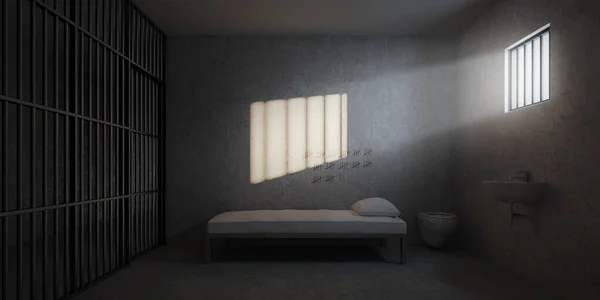
3. Deadly Consequences: The Case of Fernando Clark
Fernando “Pooch” Clark’s death in Montgomery County Jail in December 2024 is yet another example of the human cost of such delays. Arrested for stealing cigarettes and fruit, he spent 10 months waiting for court-ordered treatment. By September, his illness was ruled untreatable, and he was ordered to stay in jail until a bed opened. On a day when the temperature in his cell reached 110°F during boiler repairs, Clark was found unresponsive. His autopsy cited congestive heart failure, but forensic pathologist Tom Andrew found the report “problematic” because it failed to note internal temperature and rule out dehydration, considering Clark had been taking antipsychotic medications known to affect heat regulation.
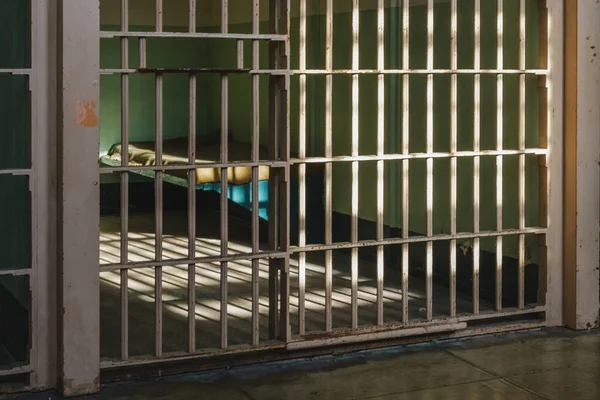
4. The Burden on Jails as De Facto Mental Health Facilities
This is not peculiar to Alabama. In Texas, county jails are the largest psychiatric facilities some house 40–70% of inmates with needs for mental health services. Hundreds of forensic beds are kept offline due to staffing shortages, forcing defendants to wait an average of 323 days for treatment up to 831 days for some men in Dallas County. Jail officers, whose training is primarily for security, are pressed into service as makeshift social workers, but “the jail is not a therapeutic environment,” said Rep. Toni Rose, a former mental health liaison.

5. Innovative but Imperfect: Jail-Based Competency Restoration
In trying to grapple with such backlogs, some states have turned to JBCRUs-a setting in which defendants are housed separately while receiving psychiatric care and legal education outside the general population. Studies show that such units can be cost-effective at speeding up restoration. During COVID-19, adaptation to telehealth platforms also proved effective. Success rates for the telehealth model of restoration were higher in Fulton County, Georgia than pre-pandemic levels. Yet critics caution that a jail setting is inherently nontherapeutic, where restoration is narrowly focused on competency to stand trial rather than on long-term recovery.

6. Community-Based Alternatives to Incarceration
Those close to the issue, however, say the actual solution is diverting people from jail long before a crisis escalates. Mental health courts, such as the pioneering program in Oklahoma City, divert nonviolent offenders into treatment instead of prison. Recidivism decreases, with millions saved by the state. ACT programs, wraparound services through Medicaid, and teams of crisis responders can keep individuals stable in their own communities. Funding gaps, administrative hurdles, and workforce shortages limit their reach.

7. Policy Pathways to Sustainable
Reform Federal and state policymakers are exploring measures that would expand forensic bed capacity, sustain crisis hotlines like 988, and invest in community responder programs. But without long-term funding or systemic changes, those efforts risk becoming stopgaps. “We’ve got to divert some people from going to jail in the first place, and let some of these people who are now too old or sick to hurt anyone out,” said David Lakey, former Texas public health chief.
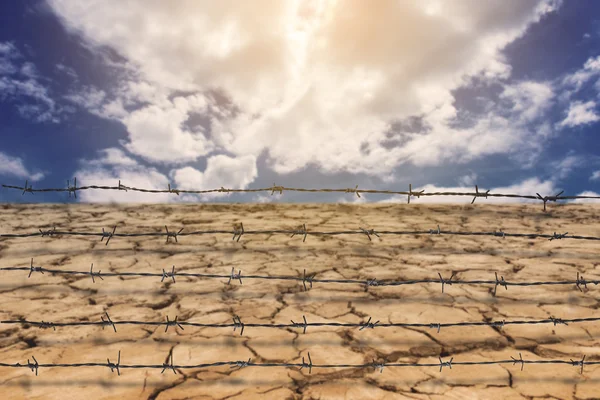
8. The Urgency of Addressing Heat and Unsafe Conditions
Extremely hot conditions in correctional facilities pose yet another hazard for mentally ill prisoners. In California, a court monitor warned that failures to protect prisoners on heat-sensitive medications can be fatal. Clark’s case is but one of many showing how environmental hazards compound untreated mental illness, underscoring the need for climate-conscious prison policies alongside mental health reform.
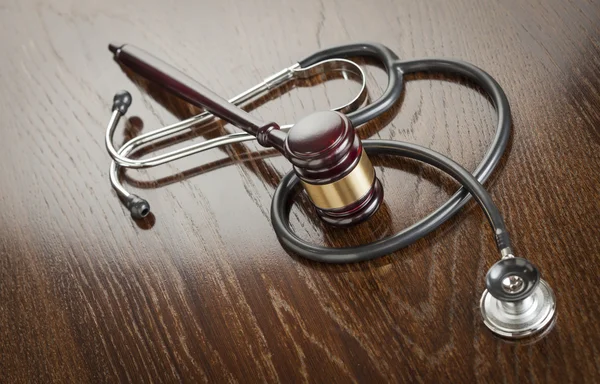
The shortage of psychiatric beds is not just a health care problem it is a matter of justice, public safety, and human rights. This will be tackled through collective investment in hospital capacity, community-based care, diversion programs, and humane jail conditions-so no one’s life depends upon the luck of finding an open bed.


